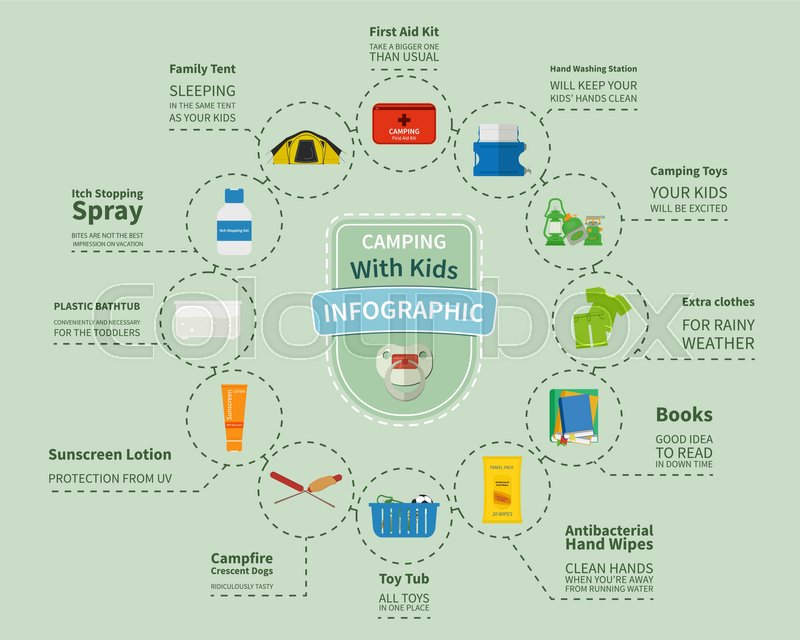While both offer strengths in various atmospheres, it is essential to figure out which kind of insulation will ideal serve your needs. The insulation you pick influences heat, weight, water resistance, compressibility and price.
Down is gathered from waterfowl, typically ducks or geese. It is treasured for its lightness, easy compression and shielding properties. However, down ends up being less reliable when wet.
Warmth-to-Weight
A high warmth-to-weight proportion is desired in exterior clothing and gear. The protecting buildings of down feathers make them a fantastic choice for this purpose, as they are extremely cozy and light-weight.
However, down sheds its shielding abilities when it splashes, implying it needs to be paired with a waterproof covering. Furthermore, some individuals are allergic to down, making artificial coats a much better choice for them.
Artificial insulations are typically made from recycled polyester and created to simulate down's protecting properties. They are not as light-weight as down, however they do not shed their insulating capabilities when they splash and completely dry more quickly than down. They are likewise a lot more cost effective than down. However, their life-span is shorter than down, leading to greater maintenance and replacement prices.
Water Resistance
The insulation you choose for your job jacket will make a big distinction in exactly how comfy you feel outdoors. Nonetheless, the type of insulation you choose additionally has considerable effects for your sustainability objectives.
Down is an outstanding insulator for a variety of factors. It's lightweight, compressible, and offers a great warmth-to-weight ratio. Nonetheless, it doesn't prosper when it gets wet. Down globs up and loses its loft when damp, which can substantially reduce its capacity to trap warmth.
Synthetic insulation products, such as Thinsulate and Primaloft, hold up much better versus damp conditions. They usually have a limited weave or chemical covering that keeps water from penetrating the fabric. This permits the insulation to continue to be breathable, even if damp. It deserves noting that synthetics can likewise be awkward when wet, yet they preserve their insulating residential properties.
Compressibility
While goose down does have an exceptional warmth-to-weight ratio, synthetic insulation performs similarly. Nonetheless, unlike down which soaks up and loses its protecting capabilities when damp, artificial insulation does not. Consequently, it can maintain its loft space and catch warm air in wet problems.
Generally made from polyester sheets or clusters that simulate down, one of the most common artificial insulation brand names include PrimaLoft, FullRange, Thermoball and Patagonia's PlumaFill. While it still can not match down's loftiness and warmth-to-weight, artificial coats are lightweight, fast to dry and less costly than down. This makes synthetic coats excellent for wet atmospheres, or if you're prone to sweating greatly. Synthetic coats are likewise less delicate than down and can take a beating. This durability includes their face fabrics which are normally thicker and more resilient than down.
Toughness
A major consideration in sustainability is a material's durability and longevity. Natural products like cork, ThermaCork increased cork and Havelock wool last longer than synthetic options like fiberglass and plastic. They also require much less maintenance and can stand up to harsh environmental problems.
Nonetheless, natural insulation does not carry out too when wet as synthetic options. Woollen and fleece glob with each other when damp, jeopardizing their capability to trap warmth. Synthetic insulation, on the other hand, does not take in wetness and continues to protect even when soaked.
This makes synthetic insulation ideal for wet climates and exhausting activities where you might sweat heavily. It's also easier to clean and dries out faster than down. This included longevity and sustainable bag reliability make synthetic insulation an overall winner in this category. This equates to resilient protected job boots that last lengthy and maintain you warm through demanding atmospheres.
Sustainability
All-natural products use biodegradability and a smaller sized ecological impact, while artificial alternatives boast longevity and cutting-edge applications that support energy effectiveness. Nevertheless, it is essential to recognize the true environmental influence of these insulation products from cradle-to-grave.
For instance, if a natural insulation material has to take a trip a far away from its source to the building website, transportation-related exhausts raise its total carbon footprint. Choosing locally sourced and recycled products lowers that influence. And, going with GREENGUARD and Cradle to Cradle certifications guarantees that insulation is without unpredictable natural compounds (VOCs) and supports liable sourcing and labor problems.
Sheep's woollen and cork are sustainable insulation sources that are collected without hurting the tree or plant. Both have the added advantage of being naturally resistant to mold and mildew, insects and wetness.
